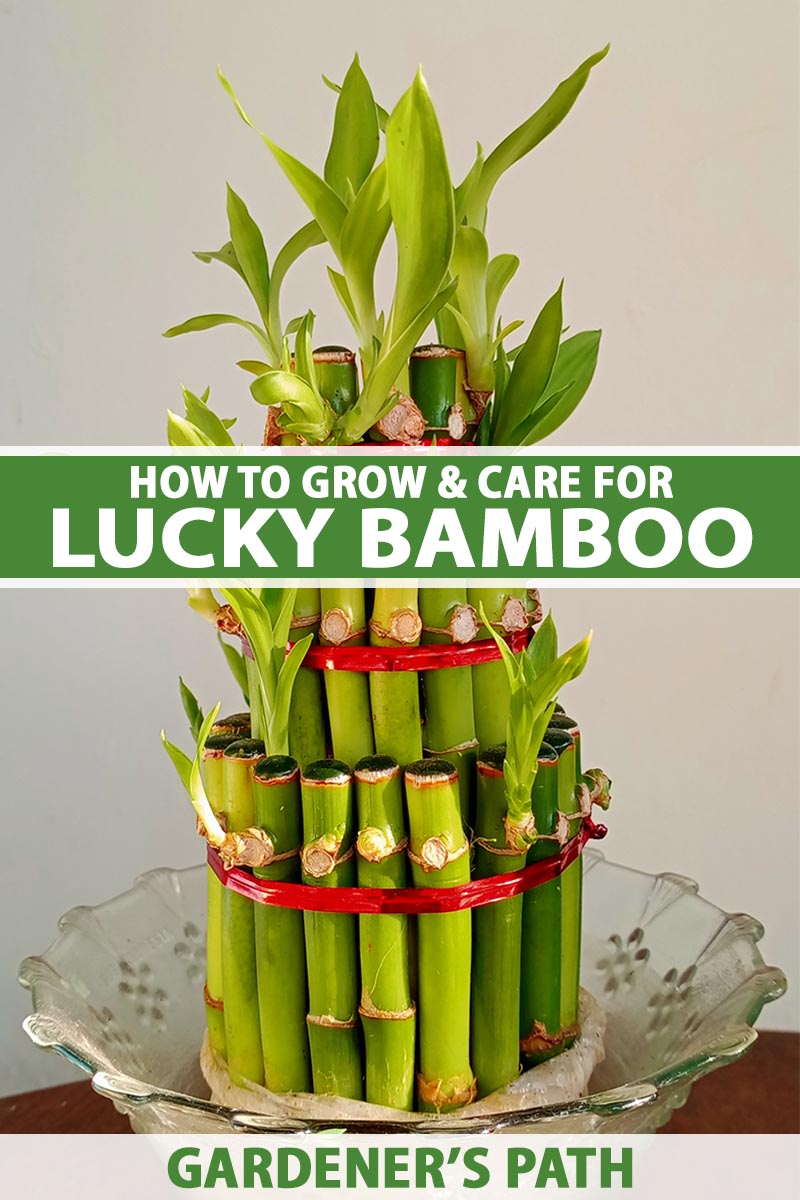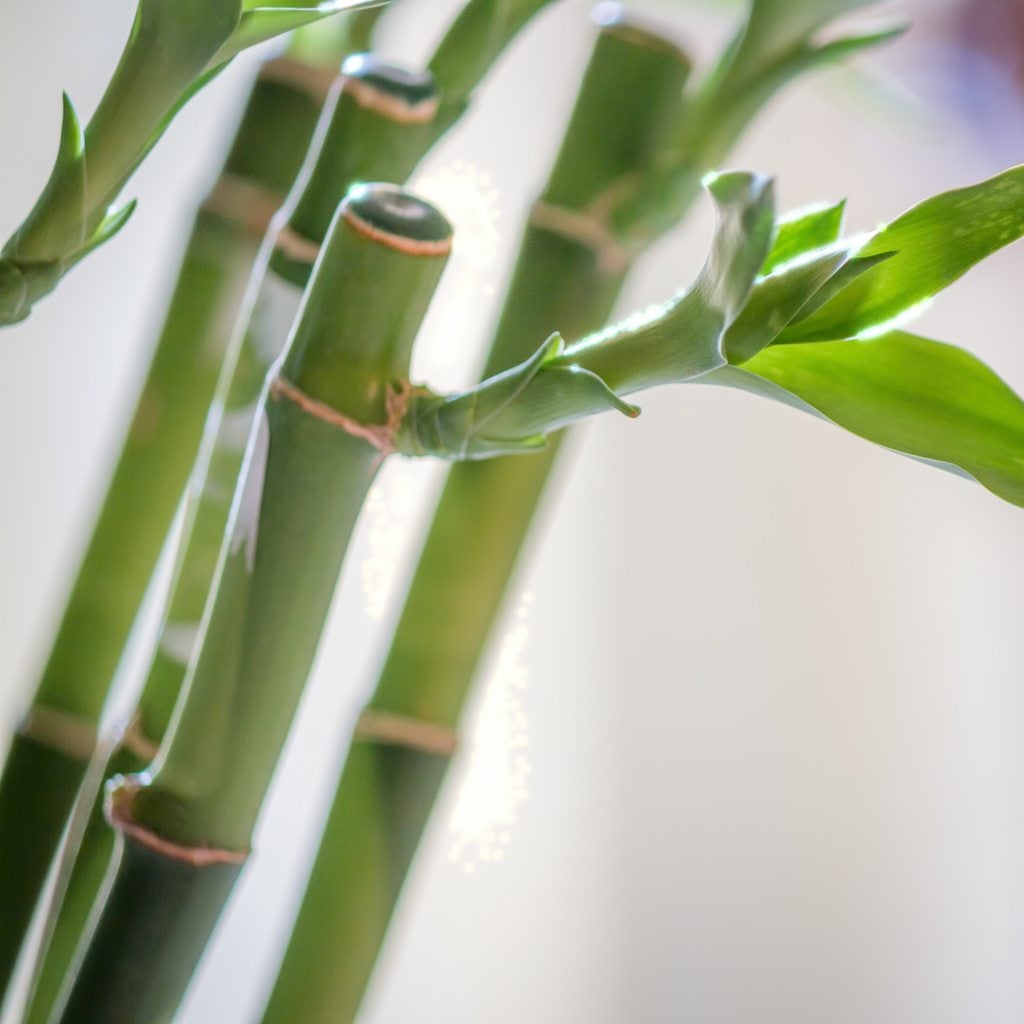Unlocking the Secrets of Lucky Bamboo Plant Care
Lucky bamboo plants have become a staple in many homes and offices, prized for their low-maintenance requirements and auspicious symbolism. However, to ensure these plants thrive and bring good fortune, it’s essential to understand the basics of lucky bamboo care. Learning how to look after a lucky bamboo plant requires attention to its specific needs, from lighting and watering to fertilizing and pruning. By mastering these techniques, you can enjoy the many benefits of lucky bamboo, including air purification, stress reduction, and a touch of natural beauty. In this comprehensive guide, we’ll delve into the world of lucky bamboo care, providing you with the knowledge and expertise to keep your plant happy and healthy.
Choosing the Right Environment for Your Lucky Bamboo
When it comes to creating an ideal environment for your lucky bamboo plant, there are several factors to consider. Lighting, temperature, and humidity all play a crucial role in determining the health and well-being of your plant. Lucky bamboo plants prefer bright, indirect light, making them a great choice for rooms with east- or west-facing windows. Avoid placing your plant in direct sunlight, as this can cause the leaves to become scorched and the plant to become stressed.
In terms of temperature, lucky bamboo plants prefer temperatures between 65-75°F (18-24°C). Avoid placing your plant near heating or cooling vents, fireplaces, or drafty windows, as this can cause the temperature to fluctuate. Humidity is also an important consideration, as lucky bamboo plants prefer a relatively high humidity environment. To maintain optimal humidity levels, you can place the plant on a tray filled with water and pebbles or use a humidifier nearby.
When selecting a container for your lucky bamboo plant, choose one that is well-draining and has a wide mouth. This will allow you to easily add water and fertilizers to the plant. Avoid using containers with narrow necks or those that are too small, as this can cause the plant to become waterlogged and develop root rot. By providing your lucky bamboo plant with the right environment, you’ll be well on your way to learning how to look after a lucky bamboo plant and enjoying its many benefits.
Watering Your Lucky Bamboo: The Key to Success
Proper watering techniques are crucial for the health and well-being of your lucky bamboo plant. Overwatering is one of the most common mistakes people make when caring for their lucky bamboo, and it can lead to root rot and other problems. To avoid this, it’s essential to check the water level regularly and only add water when necessary. A good rule of thumb is to water your lucky bamboo plant when the water level drops below the base of the plant.
To check the water level, simply lift the plant out of its container and inspect the water level. If the water level is low, add fresh water to the container, making sure not to overfill it. It’s also important to use filtered or distilled water, as tap water can contain chemicals that can harm your plant.
In addition to checking the water level, it’s also important to maintain optimal moisture levels in the soil. Lucky bamboo plants prefer moist soil, but not waterlogged soil. To achieve this, you can use a moisture meter or simply stick your finger into the soil up to the first knuckle. If the soil feels dry, it’s time to water your plant.
By following these simple watering tips, you’ll be well on your way to learning how to look after a lucky bamboo plant and keeping it healthy and thriving. Remember, proper watering techniques are just one part of the equation – regular fertilization, pruning, and repotting are also essential for optimal growth and health.
Fertilizing Your Lucky Bamboo for Optimal Growth
Fertilizing your lucky bamboo plant is an essential part of its care. Lucky bamboo plants require a balanced diet of nutrients to promote healthy growth and development. A good fertilizer can provide your plant with the necessary nutrients to thrive, but it’s essential to choose the right type of fertilizer and apply it correctly.
When selecting a fertilizer for your lucky bamboo plant, look for a balanced, water-soluble fertilizer that contains equal amounts of nitrogen, phosphorus, and potassium. Avoid using fertilizers that are high in nitrogen, as this can cause the plant to become leggy and weak. Some good options for fertilizing lucky bamboo plants include Miracle-Gro, Schultz, and Espoma Organic Fertilizer.
To apply fertilizer to your lucky bamboo plant, simply add the recommended amount to the water and stir well. It’s essential to follow the instructions on the fertilizer package carefully, as overfertilization can be detrimental to the plant’s health. A good rule of thumb is to fertilize your lucky bamboo plant once a month during the growing season, which typically runs from spring to fall.
In addition to using a balanced fertilizer, you can also use other nutrients to promote healthy growth and development in your lucky bamboo plant. For example, you can add a small amount of fish emulsion or compost tea to the water to provide the plant with additional nutrients. By following these fertilization tips, you’ll be well on your way to learning how to look after a lucky bamboo plant and promoting optimal growth and health.
Pruning and Training Your Lucky Bamboo for Shape and Size
Pruning and training are essential techniques for maintaining the shape and size of your lucky bamboo plant. By pruning and training your plant regularly, you can encourage healthy growth, promote new shoots, and maintain a desired shape or size. Pruning also helps to remove dead or damaged leaves and stems, which can help to prevent the spread of disease and pests.
To prune your lucky bamboo plant, start by removing any dead or damaged leaves or stems. Use a pair of clean scissors or pruning shears to cut the stems at a 45-degree angle, just above a node. This will help the plant to heal quickly and reduce the risk of infection. Next, trim back any overgrown stems or leaves to maintain the desired shape or size.
In addition to pruning, you can also train your lucky bamboo plant to grow in a specific shape or size. This can be done by gently twisting or bending the stems to create a desired shape. You can also use plant ties or stakes to support the stems and maintain the desired shape.
Some popular shapes and sizes for lucky bamboo plants include the spiral shape, the twist shape, and the layered shape. To create a spiral shape, simply twist the stems in a spiral motion, starting from the base of the plant. To create a twist shape, twist the stems in a twisting motion, starting from the base of the plant. To create a layered shape, trim back the stems to create a layered effect.
By pruning and training your lucky bamboo plant regularly, you can maintain its shape and size, promote healthy growth, and keep it looking its best. Remember to always use clean scissors or pruning shears, and to make cuts at a 45-degree angle to help the plant heal quickly. With regular pruning and training, you can enjoy a beautiful and thriving lucky bamboo plant for years to come.
Common Pests and Diseases: How to Identify and Treat Issues
Lucky bamboo plants are generally hardy and resistant to pests and diseases, but they can still be susceptible to certain issues. Some common pests that can affect lucky bamboo plants include spider mites, mealybugs, and scale. These pests can cause damage to the plant’s leaves and stems, and can also spread disease.
To identify pest issues, inspect your lucky bamboo plant regularly for signs of infestation. Look for tiny white or yellowish spots on the leaves, or for sticky substance on the stems. If you notice any of these signs, take action immediately to treat the issue.
For spider mites, mealybugs, and scale, treat the plant with insecticidal soap or neem oil. Mix the soap or oil with water according to the manufacturer’s instructions, and spray the solution on the affected areas. Repeat the treatment every 7-10 days until the issue is resolved.
Root rot is another common issue that can affect lucky bamboo plants. This is usually caused by overwatering, which can lead to the roots rotting and the plant dying. To prevent root rot, make sure to water your lucky bamboo plant carefully, and avoid getting water on the roots. If you notice any signs of root rot, such as yellowing leaves or soft stems, take action immediately to treat the issue.
To treat root rot, remove the plant from its container and inspect the roots. If the roots are rotting, trim them back to healthy tissue and repot the plant in fresh soil. Make sure to water the plant carefully, and avoid getting water on the roots.
By being aware of these common pests and diseases, and taking action to treat them, you can help keep your lucky bamboo plant healthy and thriving. Remember to always inspect your plant regularly, and take action immediately if you notice any signs of issues. With proper care and attention, your lucky bamboo plant can bring good fortune and prosperity to your home or office.
Repotting Your Lucky Bamboo: When and How to Do It
Repotting your lucky bamboo plant is an essential part of its care. Lucky bamboo plants typically need to be repotted every 1-2 years, as their roots can become pot-bound and prevent the plant from growing. Repotting also gives you the opportunity to refresh the soil and provide your plant with a larger pot if necessary.
So, how do you know when it’s time to repot your lucky bamboo plant? Look for signs such as the plant becoming top-heavy, the roots growing out of the pot, or the plant showing signs of nutrient deficiency. If you notice any of these signs, it’s time to repot your plant.
To repot your lucky bamboo plant, start by selecting a new pot that is only slightly larger than the original pot. Make sure the pot has drainage holes to prevent waterlogged soil. Next, gently remove the plant from its original pot and inspect the roots. If the roots are circling or growing out of the pot, trim them back to encourage new growth.
Once you’ve prepared the new pot and trimmed the roots, place the plant in the new pot and add fresh soil. Make sure to water the plant thoroughly after repotting to settle the soil. It’s also a good idea to fertilize your plant after repotting to provide it with a boost of nutrients.
By repotting your lucky bamboo plant regularly, you can help it to grow and thrive. Remember to choose a pot that is only slightly larger than the original pot, and to trim the roots back to encourage new growth. With proper care and attention, your lucky bamboo plant can bring good fortune and prosperity to your home or office.
Troubleshooting Common Problems with Your Lucky Bamboo
Despite their hardiness, lucky bamboo plants can still experience problems. Yellowing leaves, droopy stems, and slow growth are common issues that can arise when caring for lucky bamboo plants. In this section, we’ll address these common problems and provide troubleshooting tips and solutions.
Yellowing leaves can be caused by a variety of factors, including overwatering, underwatering, or exposure to direct sunlight. To address yellowing leaves, check the water level and adjust it accordingly. Also, make sure the plant is not exposed to direct sunlight, and consider moving it to a shadier location.
Droopy stems can be caused by a lack of nutrients or inadequate watering. To address droopy stems, fertilize the plant with a balanced fertilizer, and make sure to water it regularly. Also, consider pruning the plant to maintain its shape and promote healthy growth.
Slow growth can be caused by a variety of factors, including inadequate lighting, watering, or fertilization. To address slow growth, make sure the plant is receiving adequate light, water, and nutrients. Also, consider pruning the plant to promote healthy growth and encourage new shoots.
By following these troubleshooting tips and solutions, you can address common problems that may arise when caring for your lucky bamboo plant. Remember to always monitor your plant’s health and take action promptly if you notice any issues. With proper care and attention, your lucky bamboo plant can thrive and bring good fortune to your home or office.


:max_bytes(150000):strip_icc()/growing-lucky-bamboo-1902994-08-da869ed57a3f43168ea92296444f5da9.jpg)

:max_bytes(150000):strip_icc()/growing-lucky-bamboo-1902994-08-da869ed57a3f43168ea92296444f5da9.jpg)



.jpg.transform/schema-16x9/image.jpg)